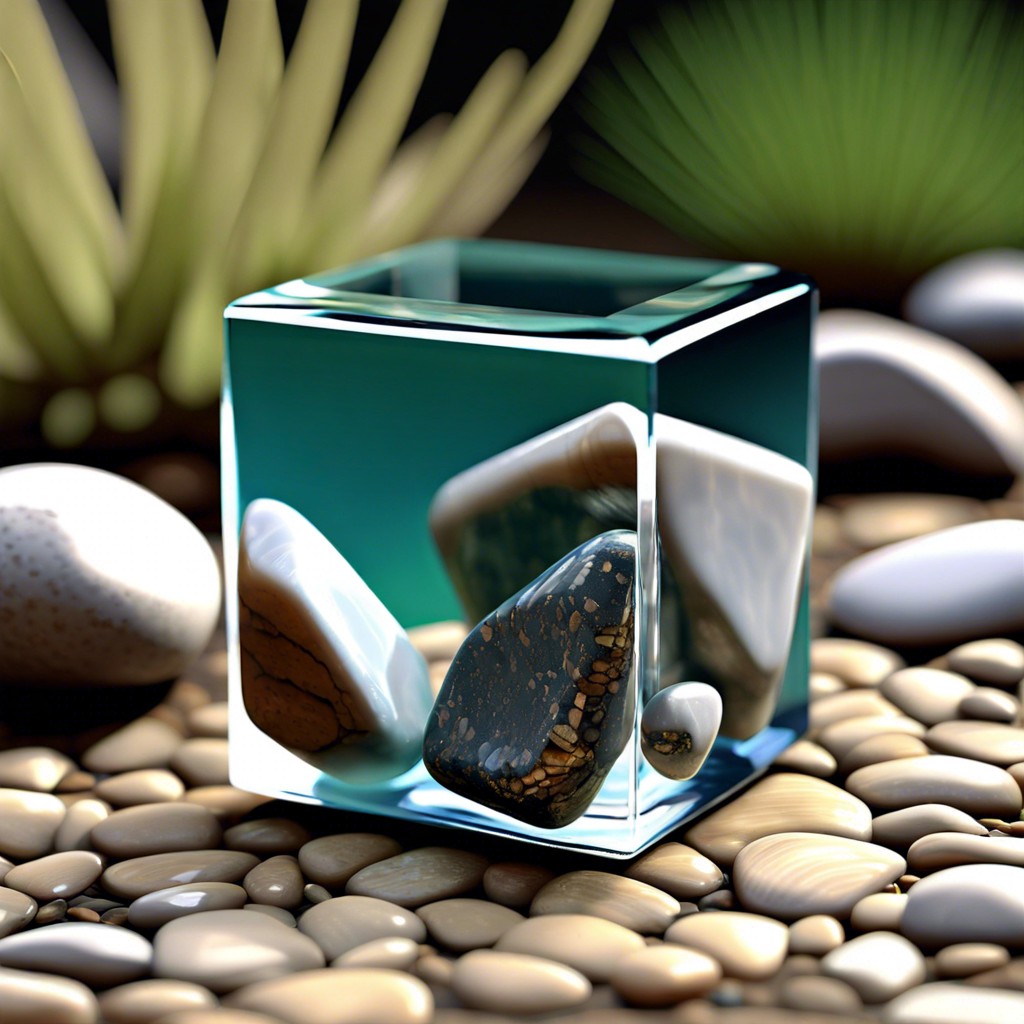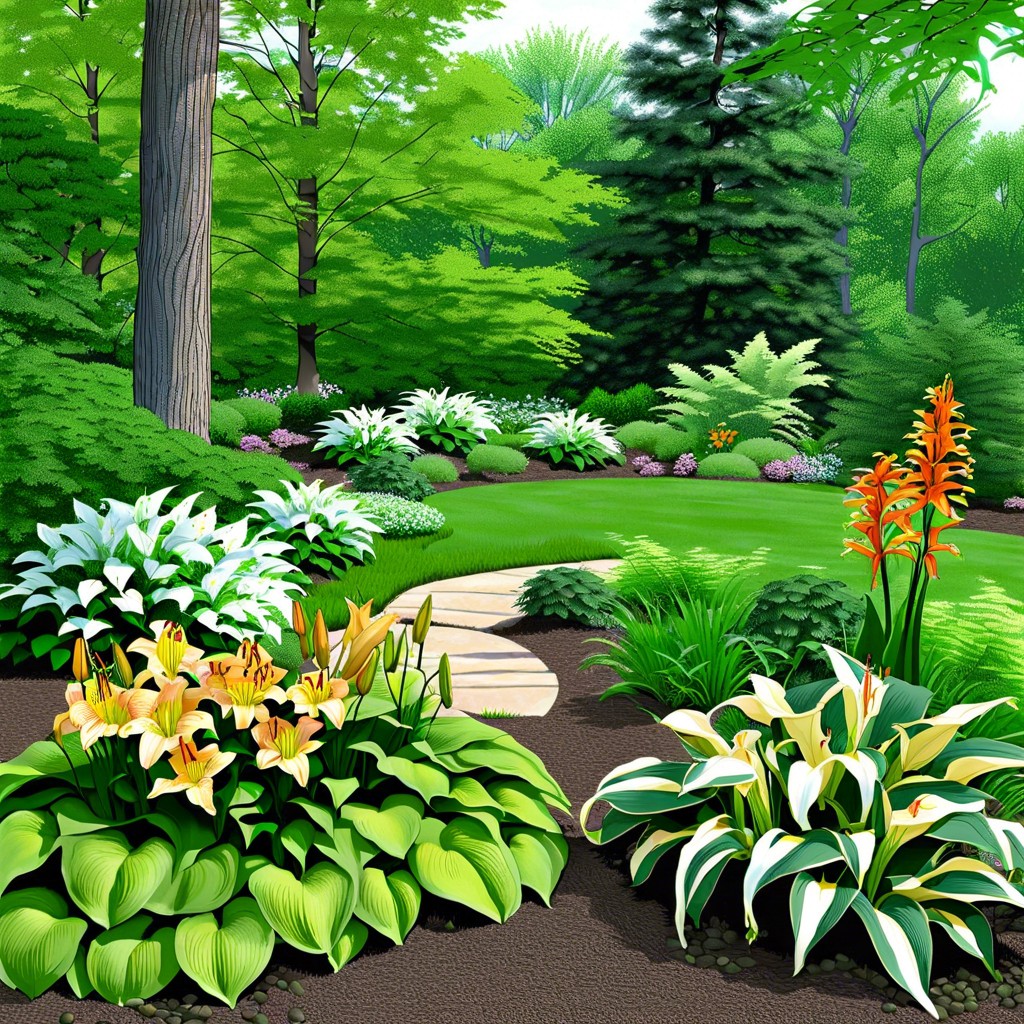Discover the transformative power of landscape lighting as we guide you through choosing, installing, and maintaining outdoor lights to enhance the beauty and functionality of your outdoor spaces.
Key takeaways:
- Layering: Combine different lighting types for a balanced outdoor space.
- Energy efficiency: Opt for LED bulbs for lower energy consumption.
- Light direction: Uplighting and downlighting create different ambiance.
- Color temperature: Choose warm or bright lighting to set the mood.
- Control systems: Use timers and smartphone apps for convenience.
Understanding Landscape Lighting Basics

Landscape lighting, a key component of outdoor aesthetics, serves dual purposes—enhancement of visual appeal and increase of property safety after dusk. The fundamental concept rests upon using artificial lights to illuminate gardens, pathways, sculptures, and architectural features.
To grasp the essentials, consider these points:
- Layering: This involves combining various lighting types—ambient, task, and accent—to create a balanced and dynamic outdoor space.
- Energy efficiency: LED bulbs are preferred for their lower energy consumption and longer life span compared to traditional halogen or incandescent options.
- Light direction: The way light is cast, whether it’s uplighting trees or downlighting walkways, dramatically alters the ambiance and functionality of the space.
- Color temperature: Measured in Kelvins, the temperature can range from warm, inviting glows (lower K) to bright, daylight-like illumination (higher K), affecting the mood of the landscape.
- Control systems: Modern advancements allow for smart integration, enabling homeowners to control lighting through timers, motion sensors, and even smartphone apps for convenience and efficiency.
Understanding these core elements paves the way for a more nuanced approach to your landscape lighting project.
Choosing the Right Lights for Your Landscape
When selecting fixtures for your garden or yard, consider various forms and functions to fit your needs. LED bulbs are energy-efficient and have a long lifespan, making them a popular choice. Solar-powered options offer ease of installation and eco-friendliness, given that they harness sunlight for power.
Path lights can guide guests on walkways, while floodlights can accentuate architectural features or large trees. For a subtle effect, opt for low-voltage lights that provide a soft glow. Remember to factor in the material of the lighting fixtures as well; stainless steel, aluminum, and brass not only complement different outdoor styles but also withstand the elements.
Think about the ambience you wish to create. Warm lighting tends to be welcoming and relaxing, whereas cooler tones are typically used for security lighting due to their brightness. The color temperature, measured in Kelvins, will guide you in achieving your desired mood.
Lastly, be mindful of the beam spread. Narrow beams highlight specific landscape elements, while wider beams are best for general or area lighting. By understanding these considerations, you’ll create a well-lit, harmonious outdoor space that enhances both safety and aesthetics.
Landscape Lighting Techniques
To illuminate your outdoor spaces beautifully, consider these popular techniques:
- Uplighting: Position lights low, aiming them upward to highlight trees, sculptures, or architectural features, creating a dramatic and impressive effect.
- Downlighting: When you place lighting above an object or area, it replicates natural light like moonlight, providing gentle illumination over spaces, enhancing safety and ambiance.
- Path lighting: Installing small lights along pathways not only ensures safety by illuminating walkways but also adds charm and character to your garden.
- Spotlighting: Use spotlights selectively to emphasize focal points like fountains or garden art, drawing the eye directly to these features.
- Silhouetting: Place a light behind an object and shine it toward an adjacent wall to create a silhouette, adding an element of mystery and elegance to your landscape.
- Shadowing: Similar to silhouetting, but the light is placed in front of the feature, casting a shadow on a surface behind it, perfect for showcasing intricate shapes.
- Washing: A wall wash effect softly bathes a wall in light, offering a subtle method to highlight texture and provide a backdrop for plants and shrubs.
- Grazing: Position lights close to an interesting surface, such as a stone wall or trellis, to accentuate texture by creating shadows and highlights.
Experimentation is key in landscape lighting. Don’t hesitate to try different positions and intensities to find the perfect balance of light and shadow for a magical outdoor atmosphere.
Safety Considerations for Landscape Lighting
When planning your landscape lighting, it’s essential to prioritize safety to ensure that both your property and everyone who enjoys it are protected. Start by using lights with low voltage systems, which are safer and more energy-efficient than high voltage alternatives.
To prevent accidents, illuminate steps, drop-offs, and water features clearly. It’s critical to use lighting fixtures and bulbs that are rated for outdoor use, as they’re designed to withstand the elements.
Ensure all electrical components, including wires and connectors, are properly insulated and buried underground to safeguard against weather and wear. When installing lights near water, opt for fixtures that have a higher waterproof rating to reduce the risk of electrical hazards.
And remember, reliable timers and motion sensors not only enhance security but also help to avoid unnecessary energy use. Always consult with a professional when you’re unsure about the installation process, as expert guidance can prevent costly mistakes and accidents.
Customizing Your Landscape Lighting Design
As you explore the personalized aspect of your outdoor spaces, it’s important to reflect your style and meet functional needs through customization. Begin by identifying the features you want to accentuate. Perhaps you have a majestic oak that deserves to be showcased or a water feature that could use some dramatic uplighting.
Consider how you use your outdoor space. Do you need brighter lights along walkways for safety, or are you aiming for a soft glow to create a tranquil evening retreat? The choice of fixtures and bulbs can greatly influence ambience, so select options that provide the desired level of brightness and color temperature.
Don’t forget about the power of color. Colored lenses or bulbs can add a festive touch to your garden or emphasize seasonal colors. Also, take advantage of smart lighting technology which allows you to control light settings remotely, change colors, and even program lighting schemes that align with specific occasions or moods.
Remember, the ultimate aim is to achieve a balance where your lighting feels like a natural extension of your home. By tailoring your outdoor lighting design to fit your personal taste and lifestyle, you create not just a visually appealing landscape but also one that enhances your enjoyment of your outdoor living space.




